
About a month ago, Shonna was able to take a couple of days off, and we drove to Red Deer to see our parents and spend a little time at Discovery Wildlife Park. A scorching and bright sunny day, less than ideal for photos; we only spent a couple of hours at the park. But we got to visit with our friend, Serena, and meet the baby orphaned raccoon she was looking after.
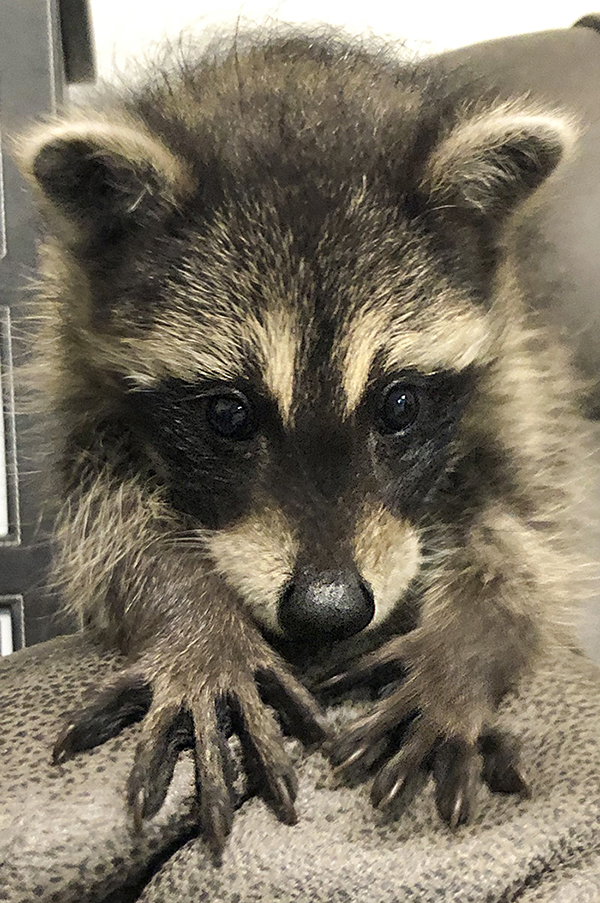 Despite the bright sun, I got some shots of the two black bear cubs. There might be inspiration for a painting or two in the few photos I kept, but I will let them simmer and review them in a few months. My mood and circumstances can colour my perception, so shots that don’t inspire me in August might push the right buttons in January.
Despite the bright sun, I got some shots of the two black bear cubs. There might be inspiration for a painting or two in the few photos I kept, but I will let them simmer and review them in a few months. My mood and circumstances can colour my perception, so shots that don’t inspire me in August might push the right buttons in January.
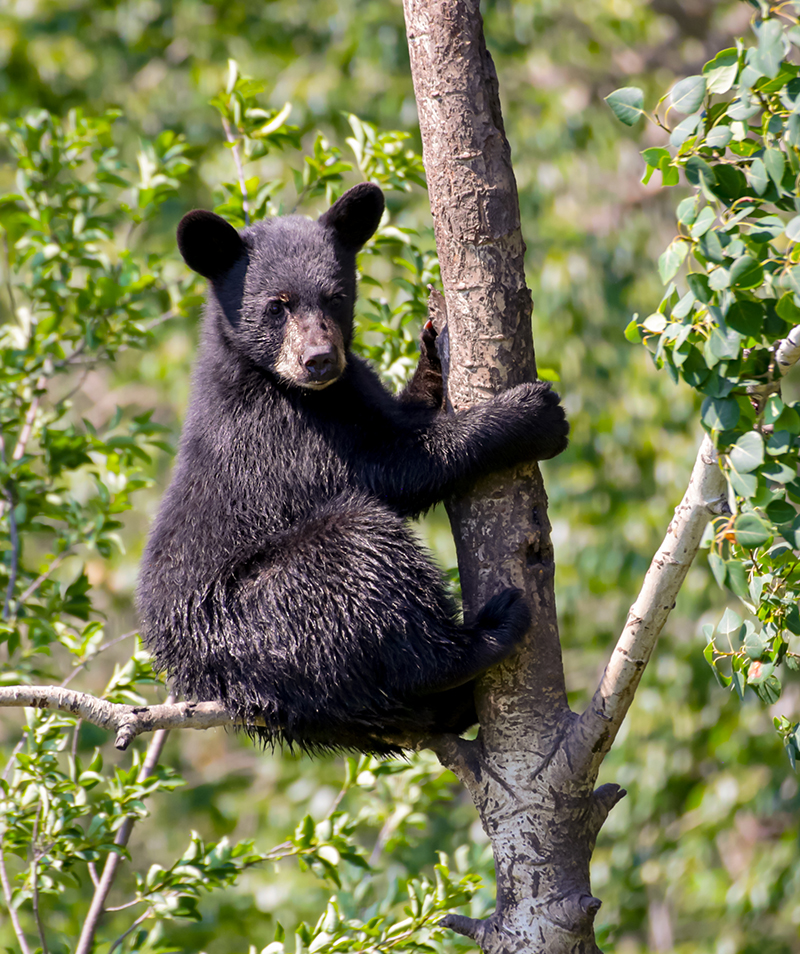 Although I prefer to take my own reference photos whenever possible, I am not interested in becoming a professional photographer. Connecting the dots between aperture, shutter speed and ISO and understanding how they work together, it just seems like math and bores the hell out of me.
Although I prefer to take my own reference photos whenever possible, I am not interested in becoming a professional photographer. Connecting the dots between aperture, shutter speed and ISO and understanding how they work together, it just seems like math and bores the hell out of me.
I’ve read plenty of books, watched videos and taken classes, but I’ve never got ‘the hook,’ that thing where you connect to something on a level that makes you want to pour all your energy into becoming better at it.
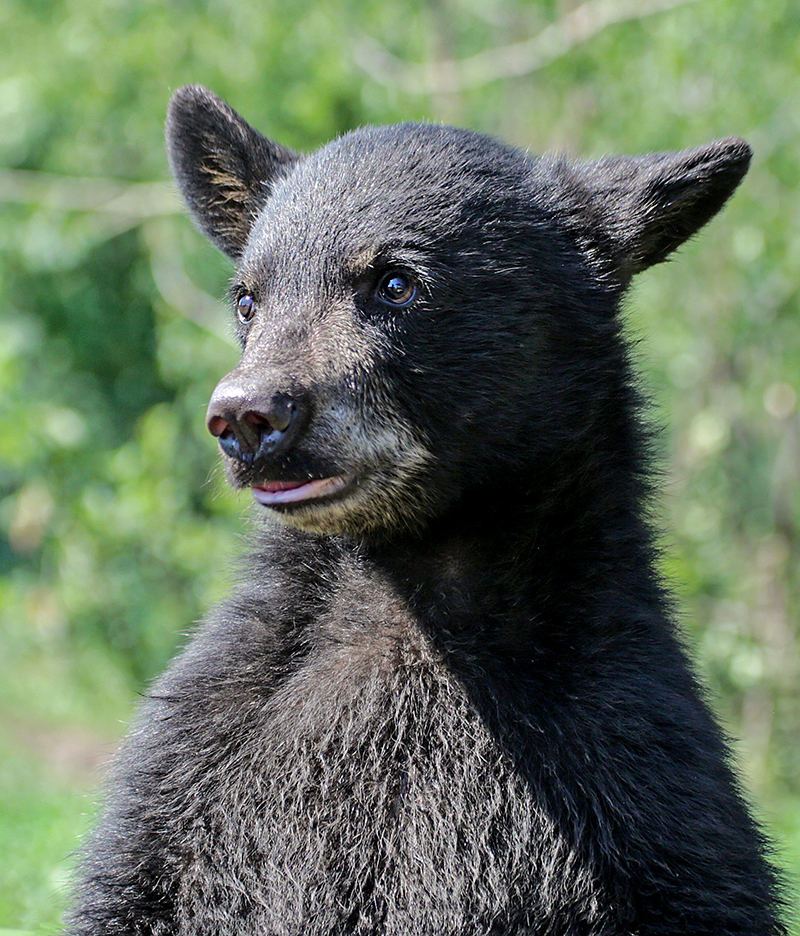 I know that hook because I have it for drawing and painting. I can spend hours detailing little hairs or working to get the texture of a bear’s nose just right. I am confident that would be incredibly dull for most people.
I know that hook because I have it for drawing and painting. I can spend hours detailing little hairs or working to get the texture of a bear’s nose just right. I am confident that would be incredibly dull for most people.
I admire plenty of photographers whose artistic skills inspire and baffle me. The art they create and capture is impressive. But when I see their work, I don’t think, “I want to do that!”
What I do think is, “I want to see a coastal grizzly walking out of a Vancouver Island rainforest!” or “Yeah, that’s a beautiful shot of a bald eagle grabbing a salmon, but I’m gonna need a closer zoom of that face to see her expression.”
I love the experience of taking photos, especially when it involves critter faces. I paint personality in my images because that’s what I see. I instinctually imagine animals as characters, and the twitch of a lip or crease in an eye ridge suddenly becomes an anthropomorphized expression I can exaggerate.
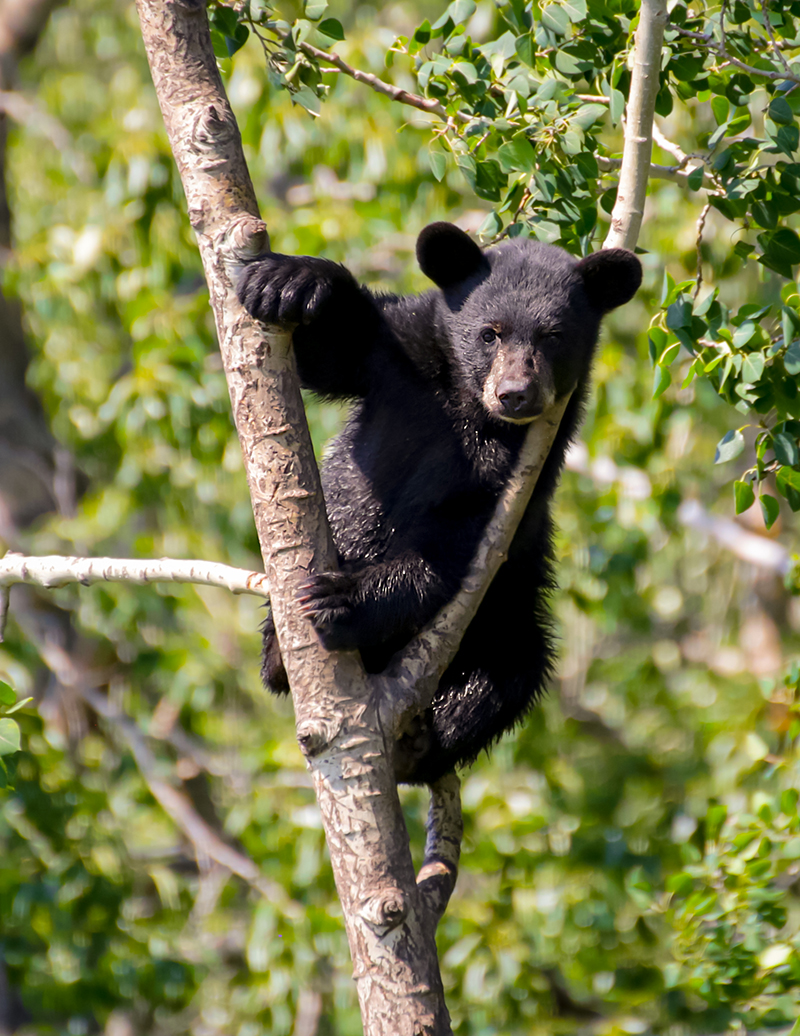 So, while I revel in learning a photography trick or technique that helps me take better reference, like David DuChemin’s tip this winter that allowed me to capture much better detail shooting ravens in the snow, I’m always thinking about the painting.
So, while I revel in learning a photography trick or technique that helps me take better reference, like David DuChemin’s tip this winter that allowed me to capture much better detail shooting ravens in the snow, I’m always thinking about the painting.
If I take a photo where the light isn’t great, and I can’t fix it well enough in Photoshop, a picture that would easily be in the discard pile for a professional photographer might still inspire a painting. My Smiling Tiger is a bestselling image, and I based it on a blurry, grainy reference photo I captured at The Calgary Zoo. Any self-respecting photographer would have deleted it on the first pass.
While I consider taking photos an integral part of my creative pipeline, that’s only the beginning.
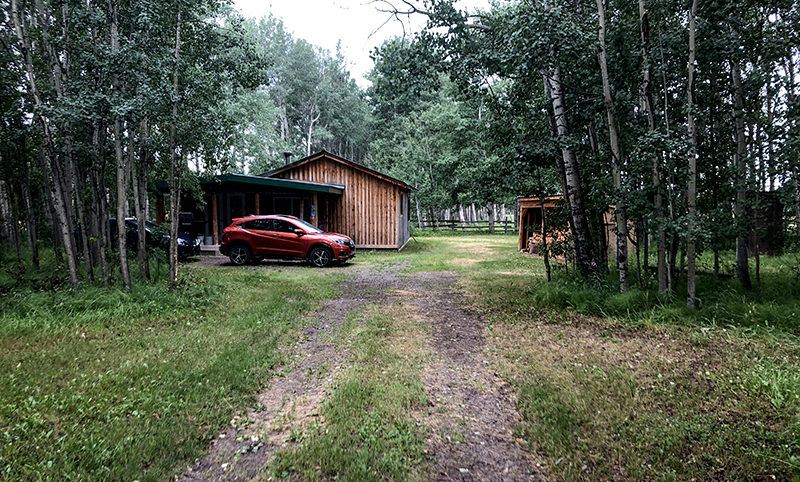 At the end of July, on the day I sent my last post, I headed to the cabin north of here with my friend, Darrel. With my current workload, time off hasn’t been a priority, so leaving for a few days felt irresponsible, but we had booked it months ago and paid our deposit.
At the end of July, on the day I sent my last post, I headed to the cabin north of here with my friend, Darrel. With my current workload, time off hasn’t been a priority, so leaving for a few days felt irresponsible, but we had booked it months ago and paid our deposit.
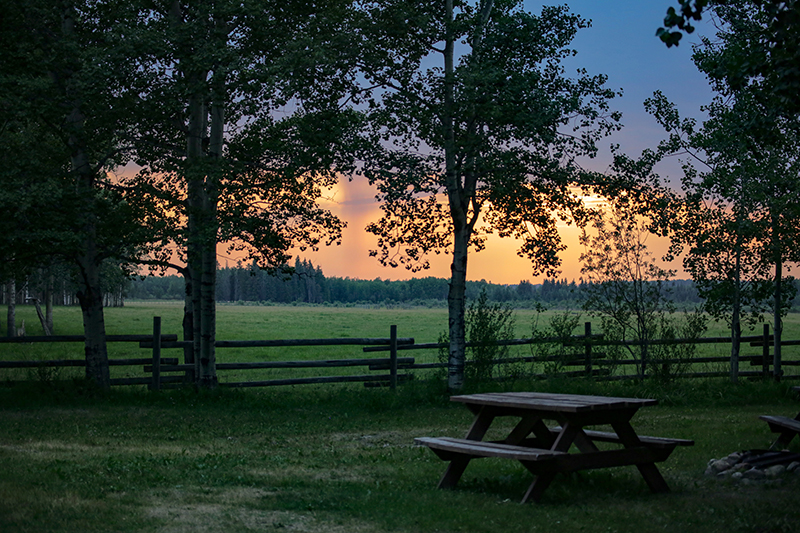 Though most of Alberta had been dealing with heavy wildfire smoke that week, it completely cleared up by the time I got to the cabin and stayed that way the whole four days we were there. The temperature even dropped to a comfortable level and we got some welcome rain. In fact, on the first night, it cooled off so much that we wondered if we might need a fire in the wood stove. Given the oppressive heat we’d just escaped, we had no appetite for that. But wearing long pants and a hoodie seemed strange that evening, given how uncomfortable the past month had been.
Though most of Alberta had been dealing with heavy wildfire smoke that week, it completely cleared up by the time I got to the cabin and stayed that way the whole four days we were there. The temperature even dropped to a comfortable level and we got some welcome rain. In fact, on the first night, it cooled off so much that we wondered if we might need a fire in the wood stove. Given the oppressive heat we’d just escaped, we had no appetite for that. But wearing long pants and a hoodie seemed strange that evening, given how uncomfortable the past month had been.
With the developing situation in Jasper, evacuees finding out that 30% of their town had burned down, it was impossible to completely relax or shut off the news. The weather reports warned of the potential for tornadoes and violent storms in our area due to the rapidly changing temperatures. Thankfully, those never materialized, but it still meant keeping one eye on the phone.
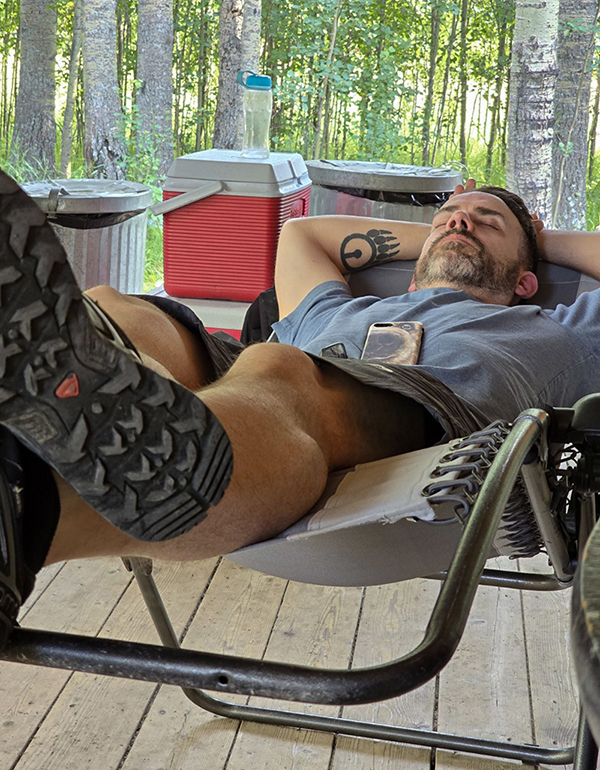 Even though I couldn’t turn off my busy brain, it was good to get away. We did what we always do: sat around talking, napped on the decks in the afternoon, walked around the large property, and played guitar, cards and Scrabble. Yes, we’re boring old men.
Even though I couldn’t turn off my busy brain, it was good to get away. We did what we always do: sat around talking, napped on the decks in the afternoon, walked around the large property, and played guitar, cards and Scrabble. Yes, we’re boring old men.
While I slept well the first couple of nights, I had bad dreams the last two. On the third morning, I woke up from one about 5:30 and tried and failed to go back to sleep. Darrel and I are both early risers, and while I’m up before then most days at home, I like to sleep a couple of hours longer at the cabin. So, I wasn’t impressed.
Though we have separate bedrooms, it’s a small cabin, and I didn’t want to risk ruining Darrel’s sleep by moving about that early. I quietly dressed, grabbed my camera and crept out the back door for a walk.
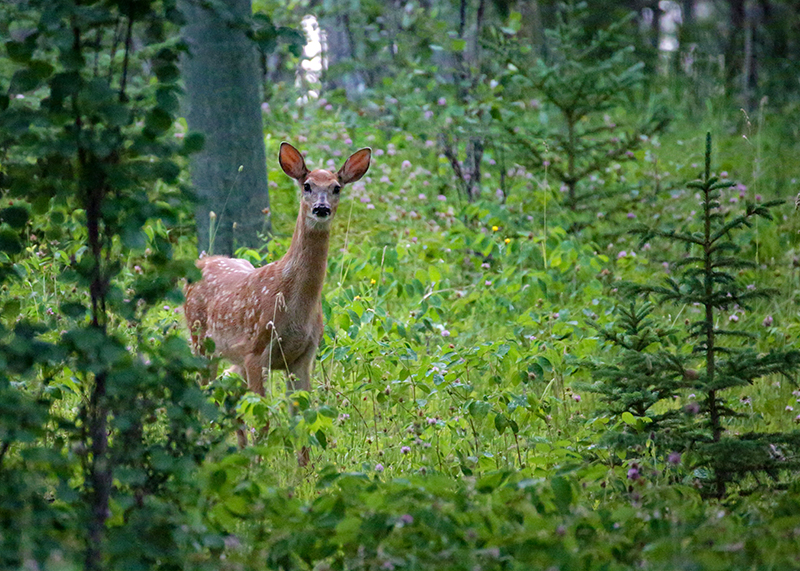 It was a very pretty and delightfully cool morning, and I knew there would be plenty of time to nap on the deck later in the day, so my mood improved. I wandered up the road, spooked a few deer and watched them take off across the neighbour’s newly cut and bailed hayfield. I kept my eyes peeled for other wildlife, hoping for an owl or coyote.
It was a very pretty and delightfully cool morning, and I knew there would be plenty of time to nap on the deck later in the day, so my mood improved. I wandered up the road, spooked a few deer and watched them take off across the neighbour’s newly cut and bailed hayfield. I kept my eyes peeled for other wildlife, hoping for an owl or coyote.
At the top of the long dirt road is a treed area that falls away to forest on both sides. That time of morning, that section of road was dark and shaded. I briefly saw a long, little critter standing tall on its hind legs on the side of the road before it squealed and ran down the steep bank to the forest floor below. I don’t know the critter’s gender, but with a 50/50 shot, I’m going with she instead of it.
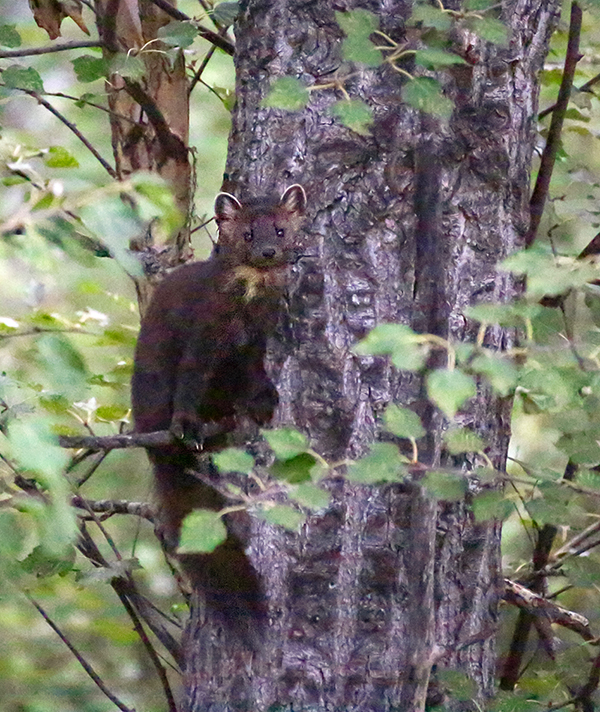 The base of the tree she ran up to escape was twenty feet below me down the steep bank, so her ‘safe height’ now put her at eye level with me as I stood on the road. And she was NOT happy about it.
The base of the tree she ran up to escape was twenty feet below me down the steep bank, so her ‘safe height’ now put her at eye level with me as I stood on the road. And she was NOT happy about it.
But I was thrilled, shooting pics of this sassy little pine marten as she grunted and squealed at me. She didn’t seem to know if she should climb higher or go back down. After a few back-and-forth scurries, with pauses to glare at me and curse my existence, she opted for down and made her escape.
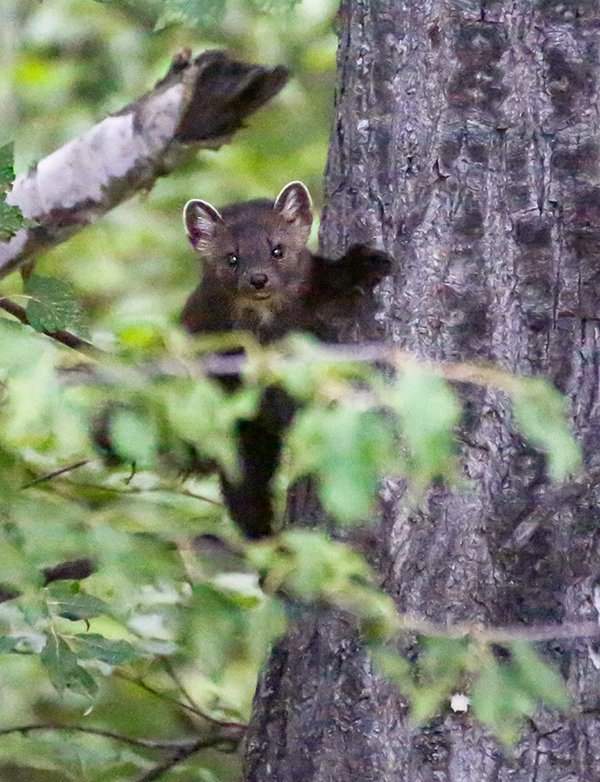 Though I had done what I could to boost my exposure compensation to account for the dark area in which I was shooting, I needed to keep the shutter speed high to try to capture this quick little marten. In the end, none of the pictures I got were very good, but I enjoyed the moment. I don’t know if I have ever seen a pine marten in the wild, but I was pleased with the early morning treat.
Though I had done what I could to boost my exposure compensation to account for the dark area in which I was shooting, I needed to keep the shutter speed high to try to capture this quick little marten. In the end, none of the pictures I got were very good, but I enjoyed the moment. I don’t know if I have ever seen a pine marten in the wild, but I was pleased with the early morning treat.
While the pics I got aren’t good enough for reference, I’ve added a pine marten to the list of animals I hope to encounter on future cabin visits.
I’m certain she feels differently.

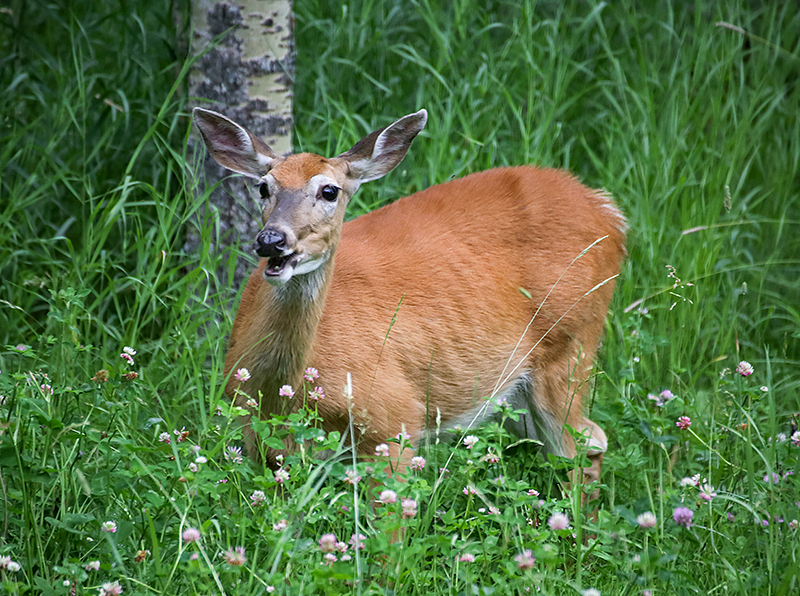 .
.

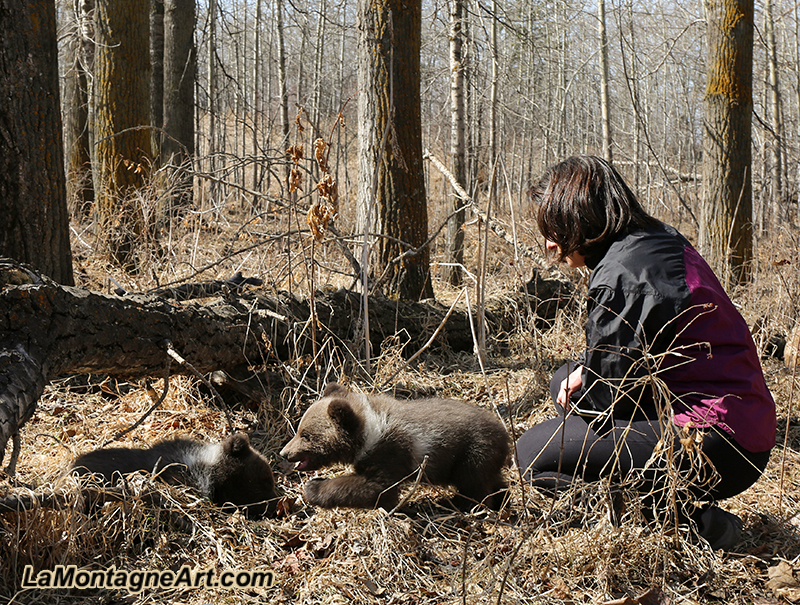 Earlier this week, Shonna and I were thrilled to be invited to
Earlier this week, Shonna and I were thrilled to be invited to 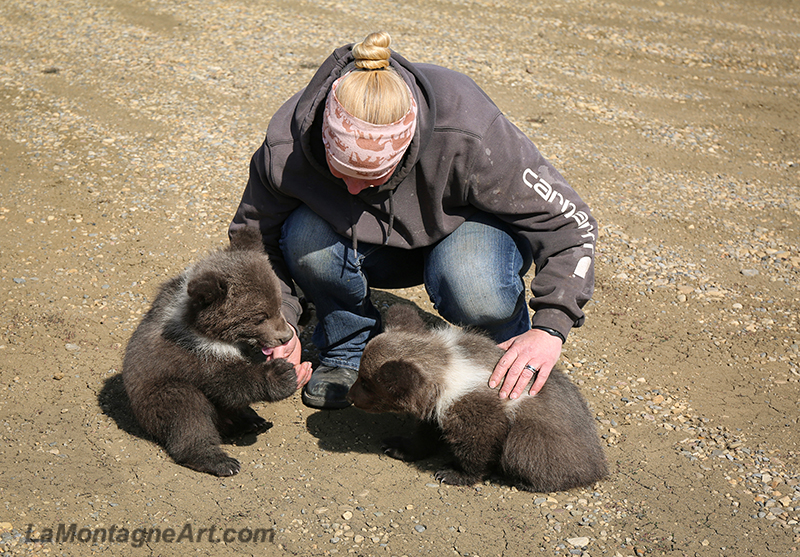
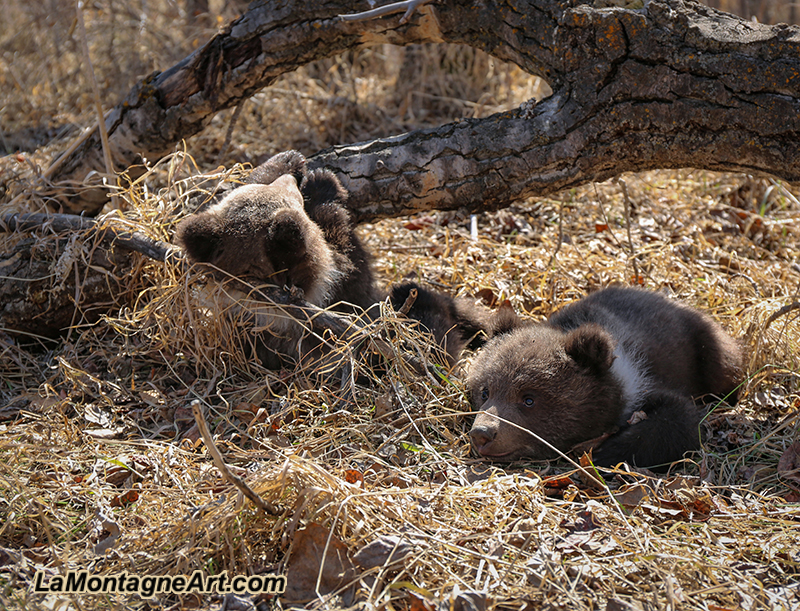 It’s with no small amount of gratitude that I enjoy such a close relationship with Discovery Wildlife Park. Their allowing me close contact with the animals over the past several years is a profound trust I don’t take lightly.
It’s with no small amount of gratitude that I enjoy such a close relationship with Discovery Wildlife Park. Their allowing me close contact with the animals over the past several years is a profound trust I don’t take lightly.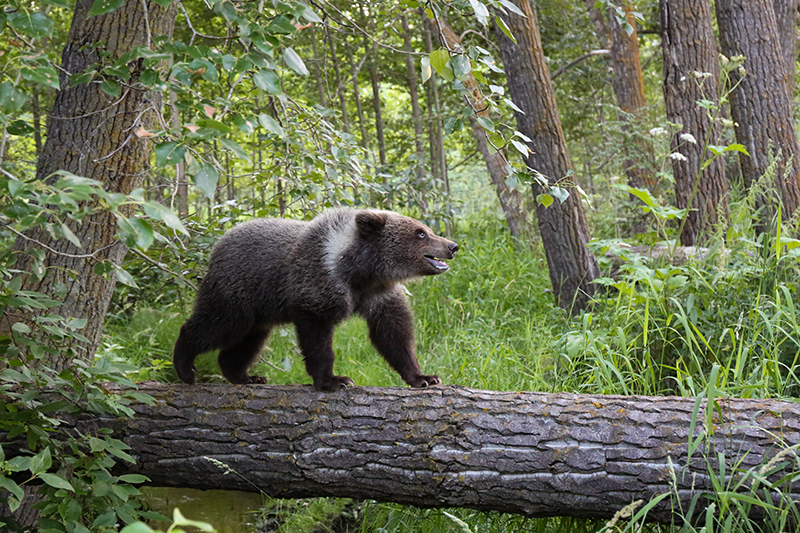 When they’re small, many of the animals spend plenty of time in these woods, where they can run, explore, climb trees, eat berries, and play.
When they’re small, many of the animals spend plenty of time in these woods, where they can run, explore, climb trees, eat berries, and play.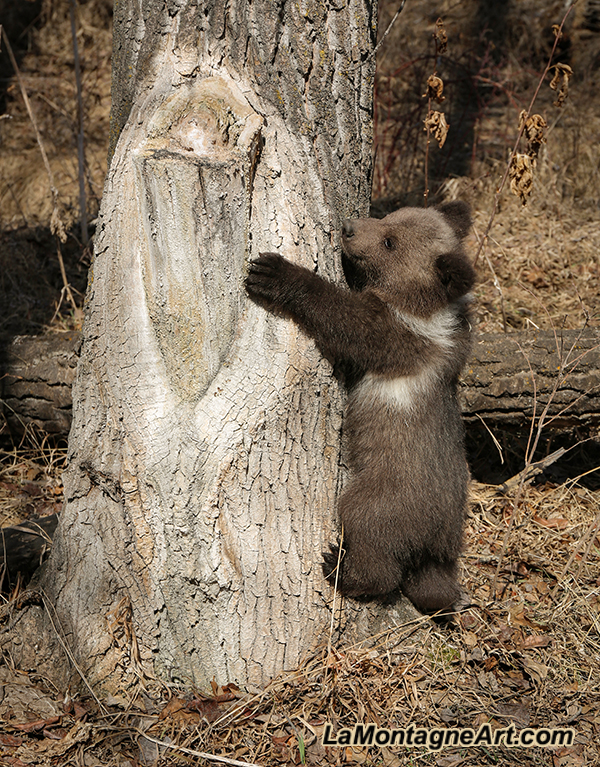 The following morning, I sent Serena a text asking how Piper was doing.
The following morning, I sent Serena a text asking how Piper was doing.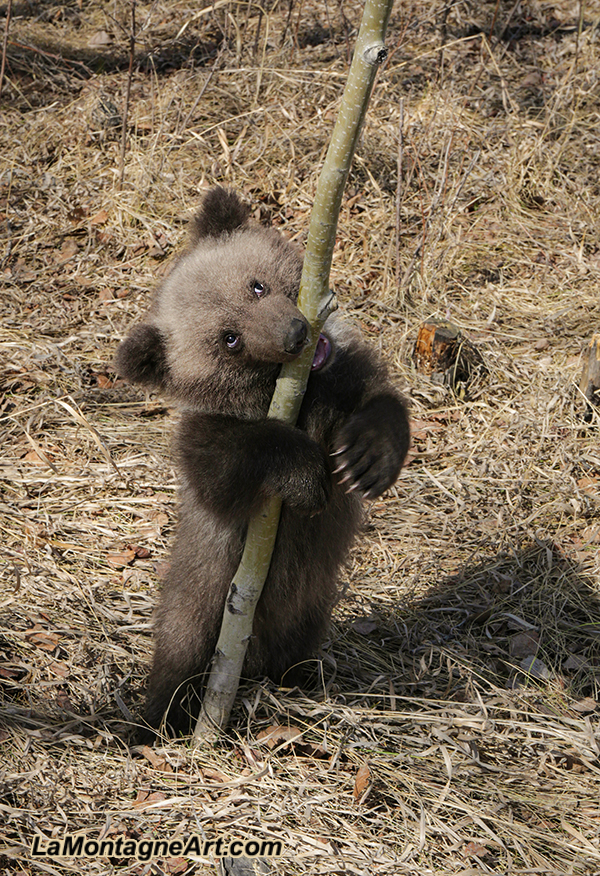 Bos was much more subdued, a little lazier, but curious and seemed to be enjoying himself as he chewed on trees, dug in the dirt, and wrestled with his adopted sibling.
Bos was much more subdued, a little lazier, but curious and seemed to be enjoying himself as he chewed on trees, dug in the dirt, and wrestled with his adopted sibling.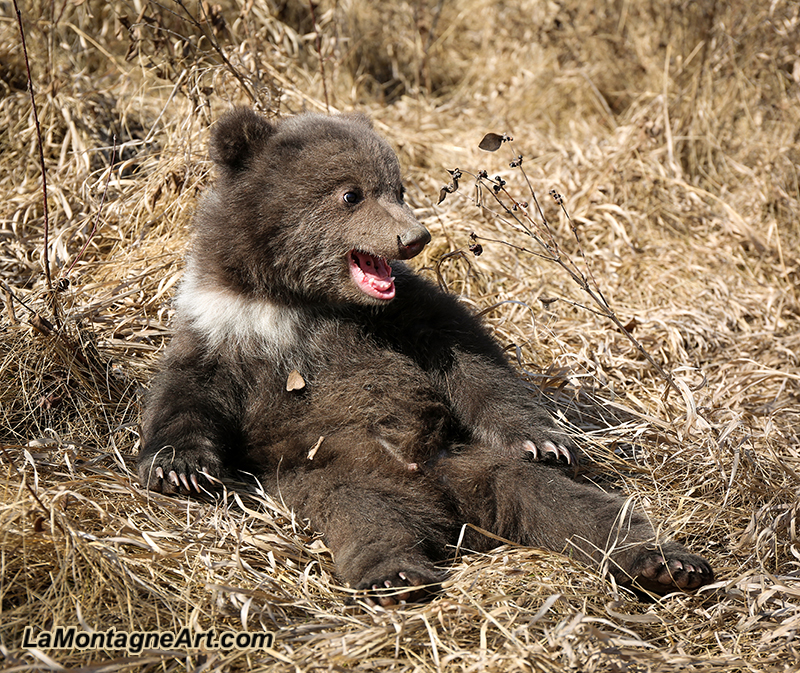
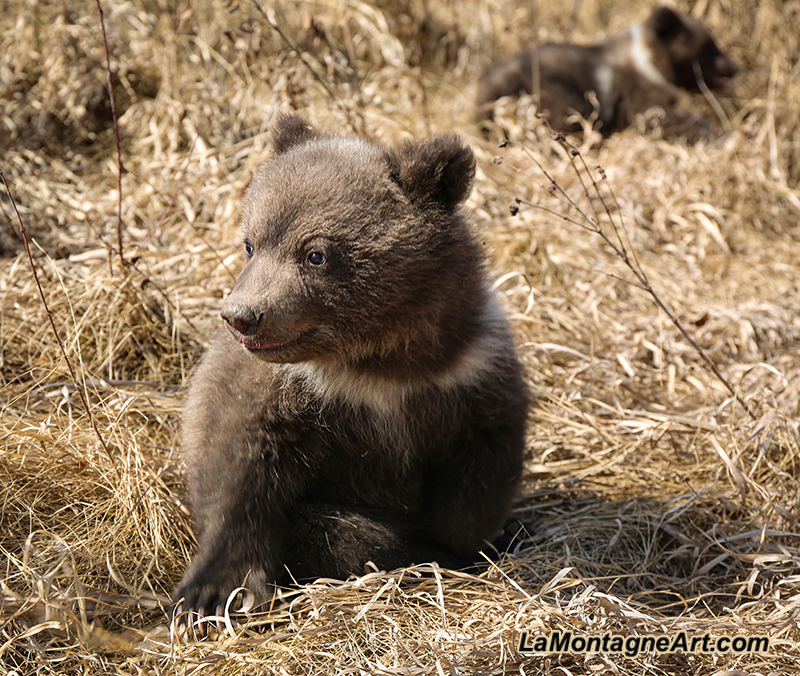
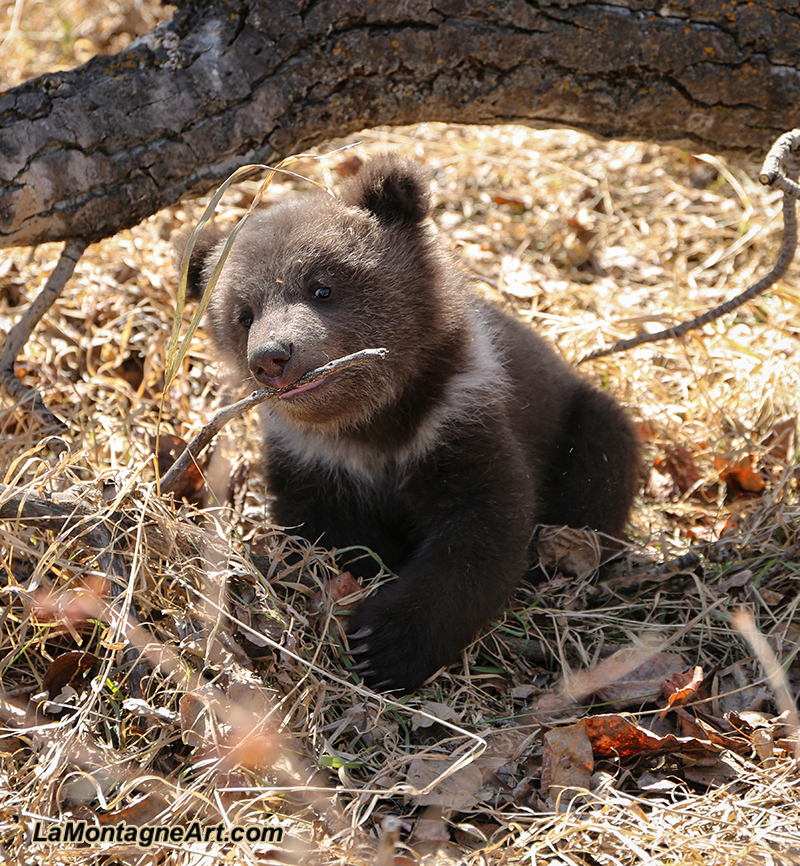 Though she’s always had an overall genial way about her, Berkley went through a bit of a rebellious teenage phase where she would push Serena’s buttons to test her boundaries. It’ll be interesting to see how these cubs grow into their personalities.
Though she’s always had an overall genial way about her, Berkley went through a bit of a rebellious teenage phase where she would push Serena’s buttons to test her boundaries. It’ll be interesting to see how these cubs grow into their personalities.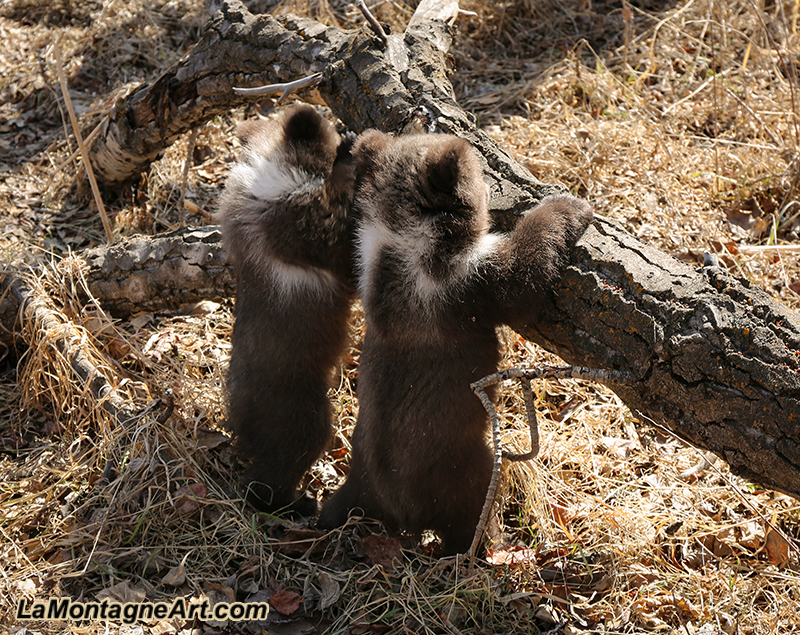 In the hour and a half we were out in the woods with the cubs, I took just under 1500 photos. With bright sunshine and dark shadows, the lighting wasn’t ideal. The bears were often between me and the sun, so I didn’t get as much light on their faces as I would generally like. Hard to complain, though, since I was watching bear cubs play in the woods. I wanted to take some video, but it was too much to handle and would have ruined the experience.
In the hour and a half we were out in the woods with the cubs, I took just under 1500 photos. With bright sunshine and dark shadows, the lighting wasn’t ideal. The bears were often between me and the sun, so I didn’t get as much light on their faces as I would generally like. Hard to complain, though, since I was watching bear cubs play in the woods. I wanted to take some video, but it was too much to handle and would have ruined the experience.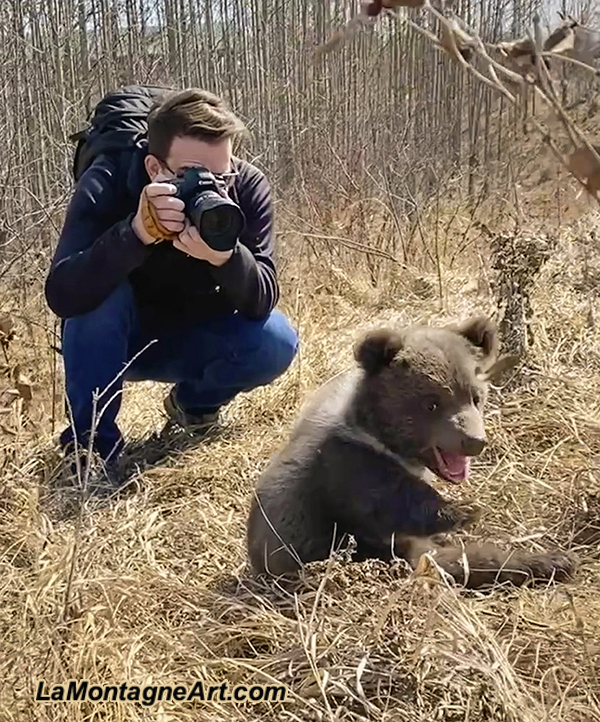
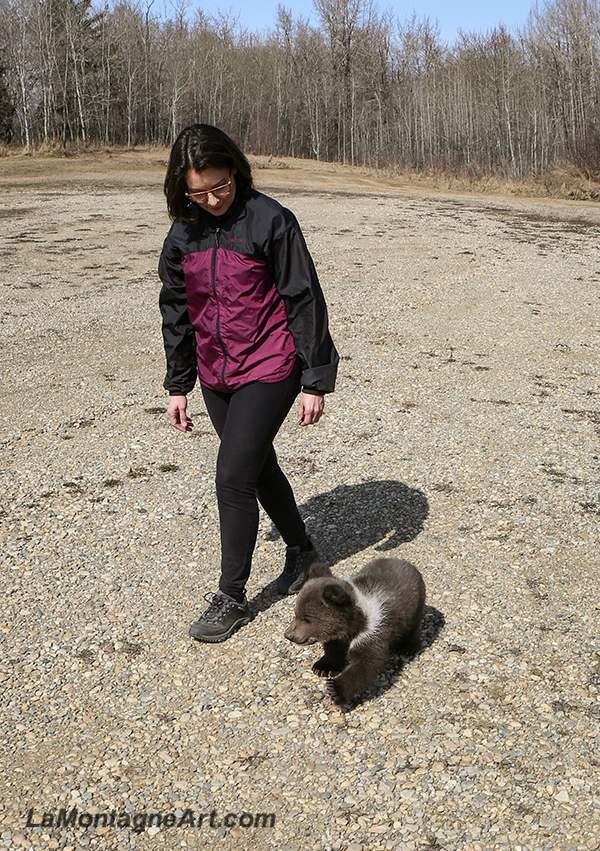
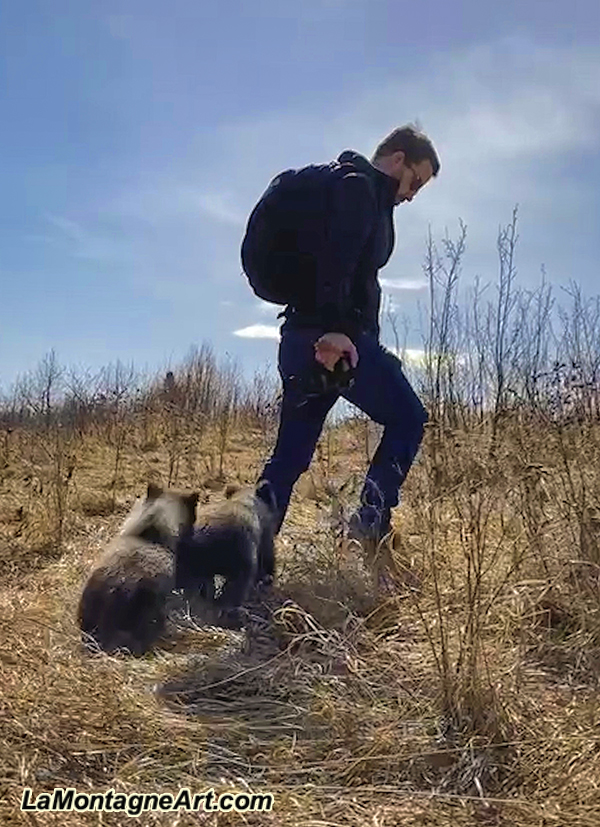 As I don’t like hoarding photos, I’ve already gone through them all and kept just over 100. Most are shots I simply liked, the ones you see here. But I did get about a dozen that I think will be the seeds for future work; there are two paintings in there for sure.
As I don’t like hoarding photos, I’ve already gone through them all and kept just over 100. Most are shots I simply liked, the ones you see here. But I did get about a dozen that I think will be the seeds for future work; there are two paintings in there for sure.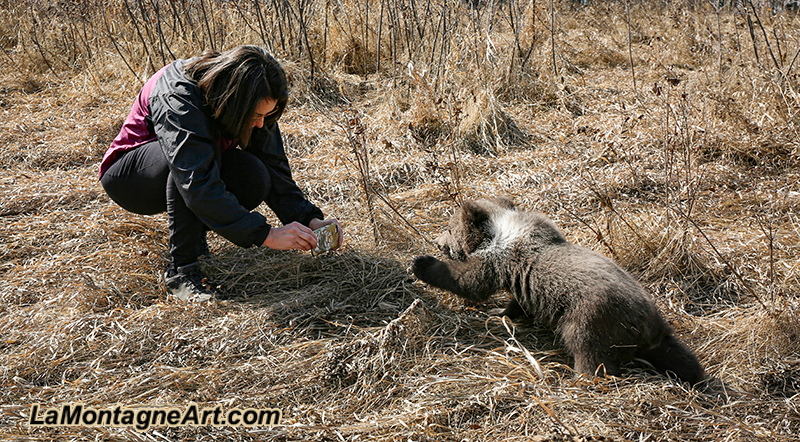
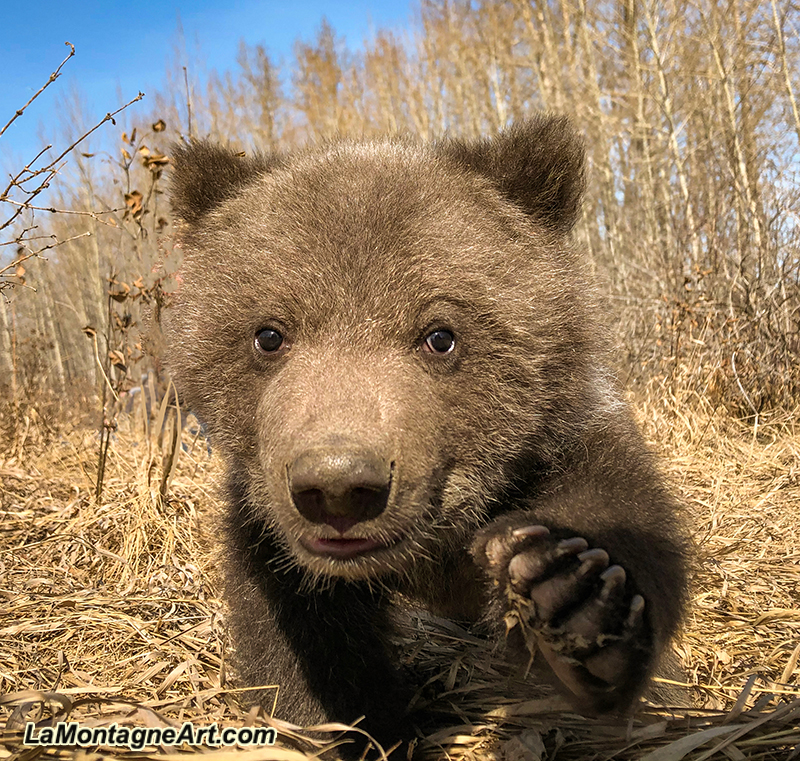 If you’d like to watch the cubs grow up, you can follow
If you’d like to watch the cubs grow up, you can follow 